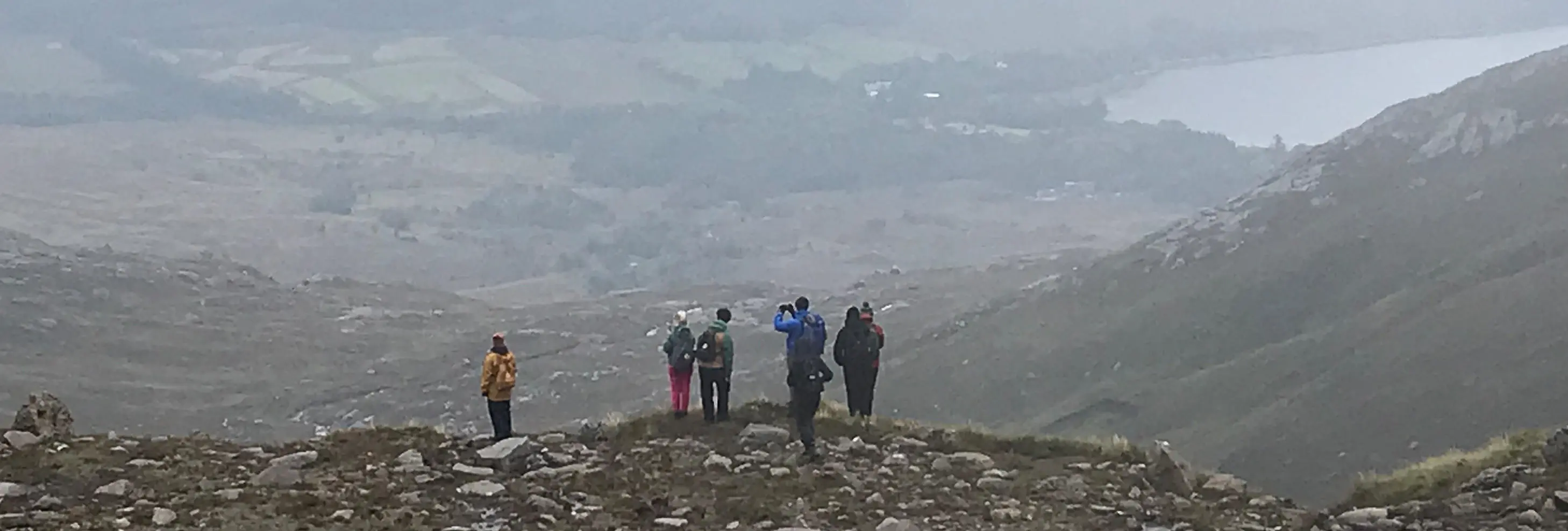Natural sciences students take first fieldtrip since before the pandemic
Dolphins, eagles and wild deer provided an unexpected classroom backdrop for 12 lucky University of Central Lancashire (UCLan) natural sciences students after they travelled 350 miles for their first post-lockdown field trip.
The final year students, from courses including biology, environmental science and geography, spent 12 days on the Isle of Rum in the Scottish Hebrides to explore its landscape and ecosystems as part of their studies.
It was the first time in two years that the students were able to take a fieldtrip due to Covid restrictions. They visited a range of sites, including abandoned areas that still display ancient agriculture patterns, Kilmory, where an ongoing red deer research project is taking place, and hills where eagles, Manx shearwaters and other organisms live.
"They can use the knowledge they’ve gained over previous years to interpret what they see in terms of the landscape, ecosystems, management and interactions between the natural and man-made environment."
— Dr Kevin Butt, Reader in Ecology at UCLan
Dr Kevin Butt, Reader in Ecology, organised the fieldtrip. He said: “The whole of the island is an outdoor laboratory and the students gain a great deal from the exposure to so much in such a relatively small time.
“They can use the knowledge they’ve gained over previous years to interpret what they see in terms of the landscape, ecosystems, management and interactions between the natural and man-made environment.”
Each student also undertook project work related more specifically to their degree, such as observing bird behaviour, canvassing opinions from locals and visitors about social aspects of living on, and visiting, Rum or comparing soil properties than can influence plant and wildlife.
"I kept describing Rum as a real life textbook; it was insane to see everything I had been seeing on paper in a real-life situation."
— UCLan geography student Amy Redman
Geography student Amy Redman said: “Rum was a brilliant location to visit as it had something for each of the subjects we went for; biology, environmental science and both human and physical geographies. I kept describing Rum as a real life textbook; it was insane to see everything I had been seeing on paper in a real-life situation.”
Fellow geography student Tom Parkinson added: “Rum was very wild and a location unlike any I've ever seen. It was great to finally get out into the field after such a long wait, and the things we were able to take part in were definitely worth waiting for.”
The students also had the opportunity to stay at a bothy in the shadow of Bloodstone Hill on the north west coast of Rum.
The fieldtrip is taken annually by final year natural sciences students. Previous locations include Canada, China, Guyana, Kenya, Poland and Spain.

